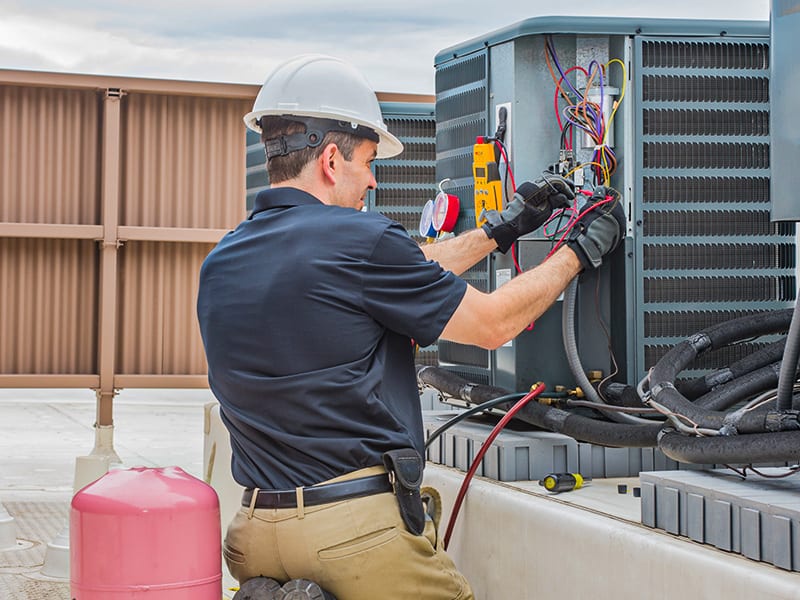In the realm of commercial spaces, maintaining a comfortable and efficient environment is crucial for the well-being of both employees and clients. Uttke Heating & Cooling, among the leading HVAC companies in Saint Francis, WI, recognizes the significance of Heating, Ventilation, and Air Conditioning (HVAC) systems in achieving these goals. In this blog, we will explore the best practices recommended by Uttke Heating & Cooling to ensure optimal performance, energy efficiency, and comfort in commercial HVAC systems.
-
Regular Maintenance: The Foundation of Efficiency
Regular HVAC system maintenance is the cornerstone of its efficiency. Scheduled inspections and tune-ups not only prevent potential breakdowns but also ensure that the system operates at its peak performance. This includes cleaning or replacing air filters, inspecting ductwork for leaks, and checking refrigerant levels. A well-maintained system operates smoothly, consumes less energy, and has a longer lifespan.
-
Energy-Efficient Equipment: Investing in the Future
Upgrading to energy-efficient HVAC equipment is a long-term investment that pays off in terms of reduced energy consumption and lower utility bills. High-efficiency systems often come with advanced features such as programmable thermostats, variable speed drives, and smart controls. These technologies enable precise temperature control, minimizing energy wastage and ensuring optimal comfort.
-
Zone Control Systems: Tailoring Comfort to Specific Areas
Commercial spaces often have varied heating and cooling needs in different areas. Zone control systems allow businesses to customize temperatures for specific zones, optimizing comfort while minimizing energy usage. This approach is particularly beneficial for spaces with fluctuating occupancy levels or distinct thermal requirements in different sections.
-
Smart Thermostats and Building Automation: The Power of Control
Integrating smart thermostats and building automation systems empowers businesses with centralized control over HVAC settings. These technologies enable real-time monitoring, remote access, and data analysis to identify patterns and trends in energy usage. By adjusting settings based on occupancy and usage patterns, businesses can significantly enhance efficiency and reduce energy costs.
-
Sealing and Insulation: Fortifying the Building Envelope
Proper sealing and insulation play a crucial role in maintaining a consistent indoor temperature. Insulating walls, ceilings, and floors, along with sealing gaps in doors and windows, prevents heat or cool air from escaping, reducing the workload on HVAC systems. This not only improves efficiency but also enhances overall comfort by minimizing temperature fluctuations.
-
Air Quality Considerations: Health and Comfort
Beyond temperature control, a comprehensive HVAC strategy must prioritize indoor air quality. Regularly changing air filters, incorporating air purifiers, and ensuring proper ventilation are essential for creating a healthy and comfortable indoor environment. Clean air contributes to increased productivity, reduced absenteeism, and a more positive atmosphere within the workspace.
-
Employee Education: A Collaborative Approach
Educating employees about energy-efficient practices and the proper use of HVAC systems is a valuable component of a holistic approach. Encouraging simple habits, such as closing windows and doors when the HVAC system is in operation, using natural light whenever possible, and reporting maintenance issues promptly, can collectively contribute to a more sustainable and efficient workspace.
In conclusion, prioritizing the efficiency and comfort of commercial HVAC systems involves a multifaceted approach. Regular maintenance, investment in energy-efficient equipment, and the implementation of smart technologies collectively contribute to a sustainable and comfortable business environment. By embracing these best practices, businesses can not only reduce their environmental footprint but also create a workplace that fosters productivity and well-being. Take the first step towards an optimized HVAC system for your business by scheduling a consultation with our experts today. Ensure your workplace is both eco-friendly and conducive to success - contact us now!


No comments yet